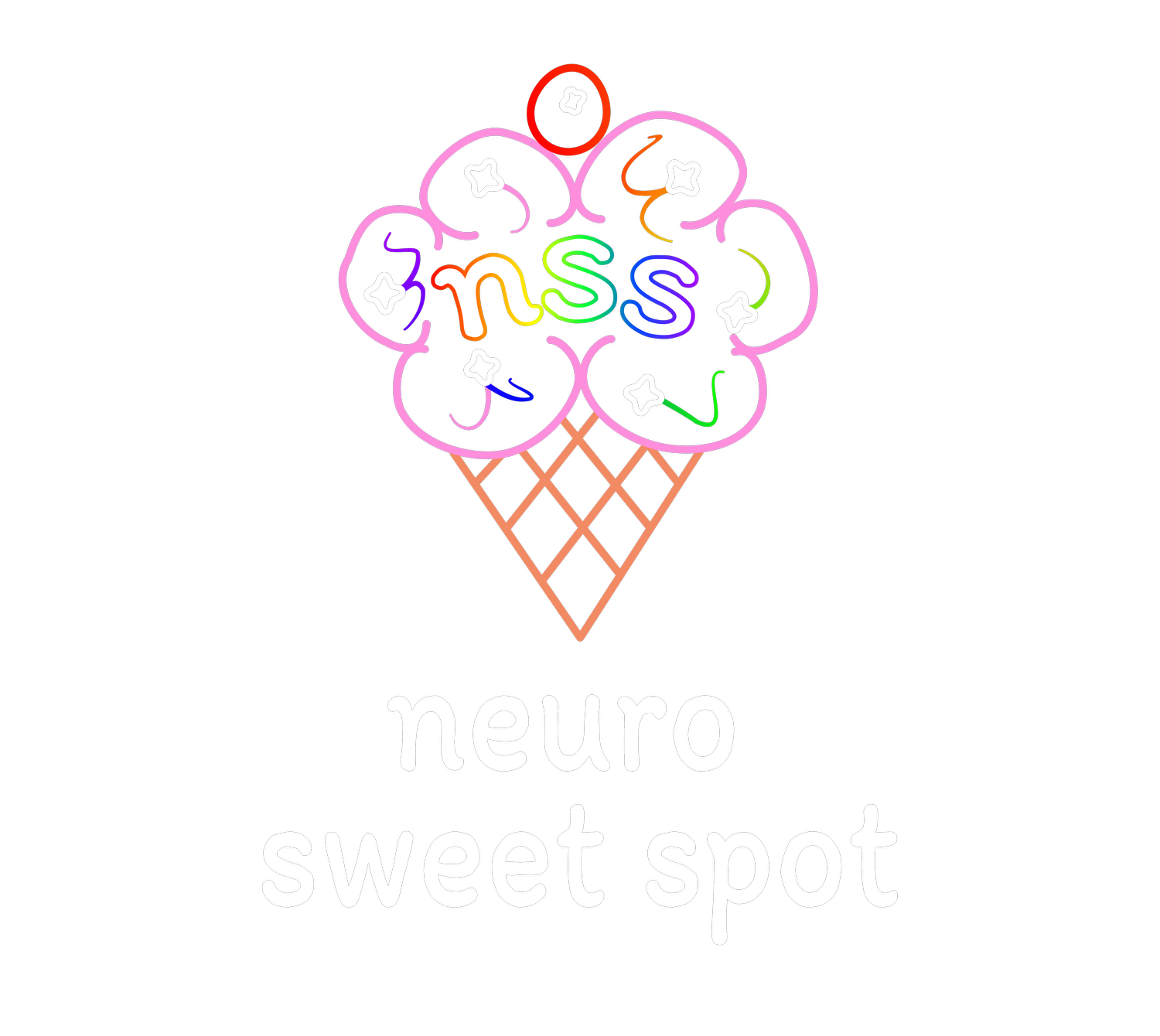
Education and Tools for Parents Learning about Neurodivergence For Their Kids
The Big Dark Forest Analogy: Helping Students Navigate Anxiety with Tangible Tools
Understanding Anxiety Through the Big Dark Forest Analogy
Picture a student approaching a challenging task, like a big test, public speaking, or even just stepping into the classroom after a tough morning. They turn to you and say, "I'm scared." 😟
If we respond with "You're fine, just do it," we unintentionally increase their anxiety. The fear isn’t dismissed; it’s compounded by feeling unseen and unsupported. 🚫
Now imagine responding differently: "I hear you. That makes sense. Here’s what we can do—let’s grab your toolkit. You have a strategy, a way to check in, and a way to ask for help." 🎒✅
This response validates their concern and equips them with tangible resources, reducing their fear and increasing their sense of capability. 💪
🔑 Validation is Key
Too often, adults hesitate to validate a child's fear because they worry it will make things worse. They fear it might confirm that the fear is too big to handle. But true validation sounds like this:
🗣 Student: "I'm scared to present in front of the class. What if I mess up?"
👩🏫 Educator: "That makes sense! It can be nerve-wracking to speak in front of others. Let’s talk about what might help—maybe some deep breaths beforehand, a small note card with reminders, or a friendly face to look at while speaking."
✅ Acknowledging a student's fear does not make it grow; it reassures them they aren’t alone and helps them focus on what they can do.
🌀 Anxiety: Over-Assessing Risk, Under-Assessing Ability
Anxiety isn’t just about fear—it’s about overestimating danger and underestimating our ability to handle it. 😧
Instead of saying "There’s nothing to worry about," we can say: "Yes, this is hard. AND you have the tools to navigate it." 🛠✨
This builds self-trust and resilience over time.
📚 How This Plays Out in the Classroom
Example 1: Answering a Question in Class
🗣 Student: "I don’t want to answer. What if I get it wrong and they laugh at me?"
❌ Unhelpful responses:
"You’re smart, you’ll get it right!" 🧠💡
"Just ignore them." 🙈
"No one is laughing at you." 🚫
✅ More helpful responses:
"That’s a real worry. It can feel embarrassing to get something wrong." 🎭
"Sometimes people do laugh, and that can be hard. But that doesn’t mean you shouldn’t try."
"Even when we’re unsure, we can breathe, answer, and remind ourselves that one moment does not define us."
"Your brain is sending alarm bells right now. Let’s take a breath to turn those down so we can decide what to do next." 🧘♂️💨
Example 2: A Student Avoiding a Challenging Task
🗣 Student: "I don’t want to start this assignment because I might fail."
❌ Unhelpful responses:
"You’re overthinking. Just do it." 🤷
"It’s not that hard."
✅ More helpful responses:
"I hear you. It’s scary to try when there’s a chance of failing."
"Let’s look at step one. What’s the very first thing you can do?" 🔍
"You don’t have to finish it all at once—let’s break it down." 🧩
🔦 Teaching Students to Use Their "Flashlight"
In the Big Dark Forest analogy, the flashlight is breathing—it doesn’t make the darkness disappear, but it helps us navigate it. 🌌
When students face anxiety, encourage them to:
✅ Take slow, deep breaths (inhale for four seconds, exhale for six). 😌
✅ Use grounding techniques (notice five things they see, four things they feel, etc.). 🌱
✅ Have a plan for when things get overwhelming (raise a hand, take a break, use a fidget tool). ✋🌀
🚪 The Importance of an "Exit Strategy"
If a student feels trapped in anxiety with no way out, fear will take over. They need an exit strategy—a plan for stepping away when things get too overwhelming. 🔄
Examples of classroom exit strategies: 🛑 A nonverbal signal they can use to step outside for a breather.
🛋 A designated "calm-down" space.
⏳ A brief, structured break to reset before returning to the task.
Having an exit strategy doesn’t mean avoidance; it ensures students feel safe enough to engage in the first place. 🛡
🌟 The Takeaway for Educators
✅ Validate fears without reinforcing avoidance.
✅ Equip students with strategies instead of pushing them through.
✅ Teach self-regulation through tools like breathing and grounding.
✅ Provide structured exit strategies to reduce panic responses.
Helping students navigate their "Big Dark Forests" isn’t about making fear disappear—it’s about giving them what they need to face challenges confidently. And when they do, their world expands. 🌎✨
💡 Remind them.
💡 Remind yourself.
💡 As often as it takes.

